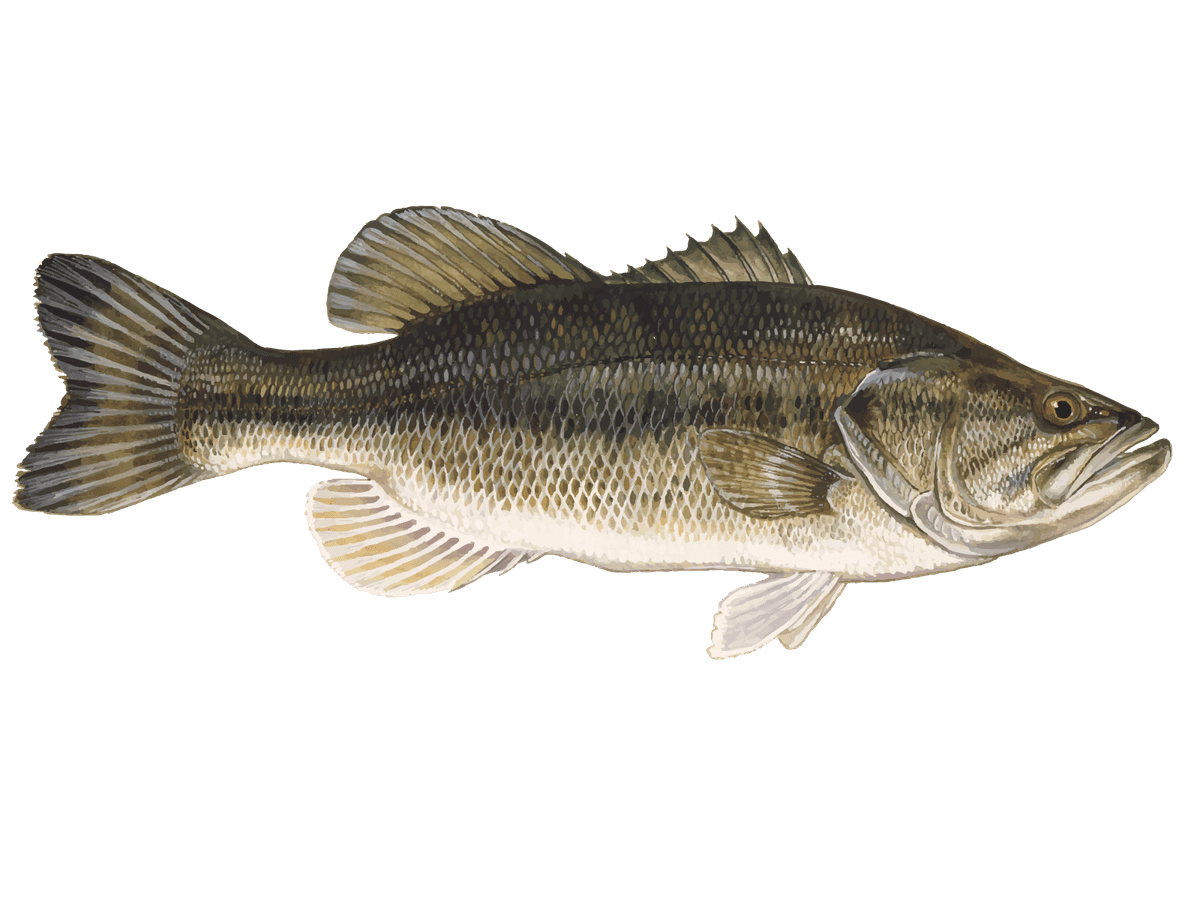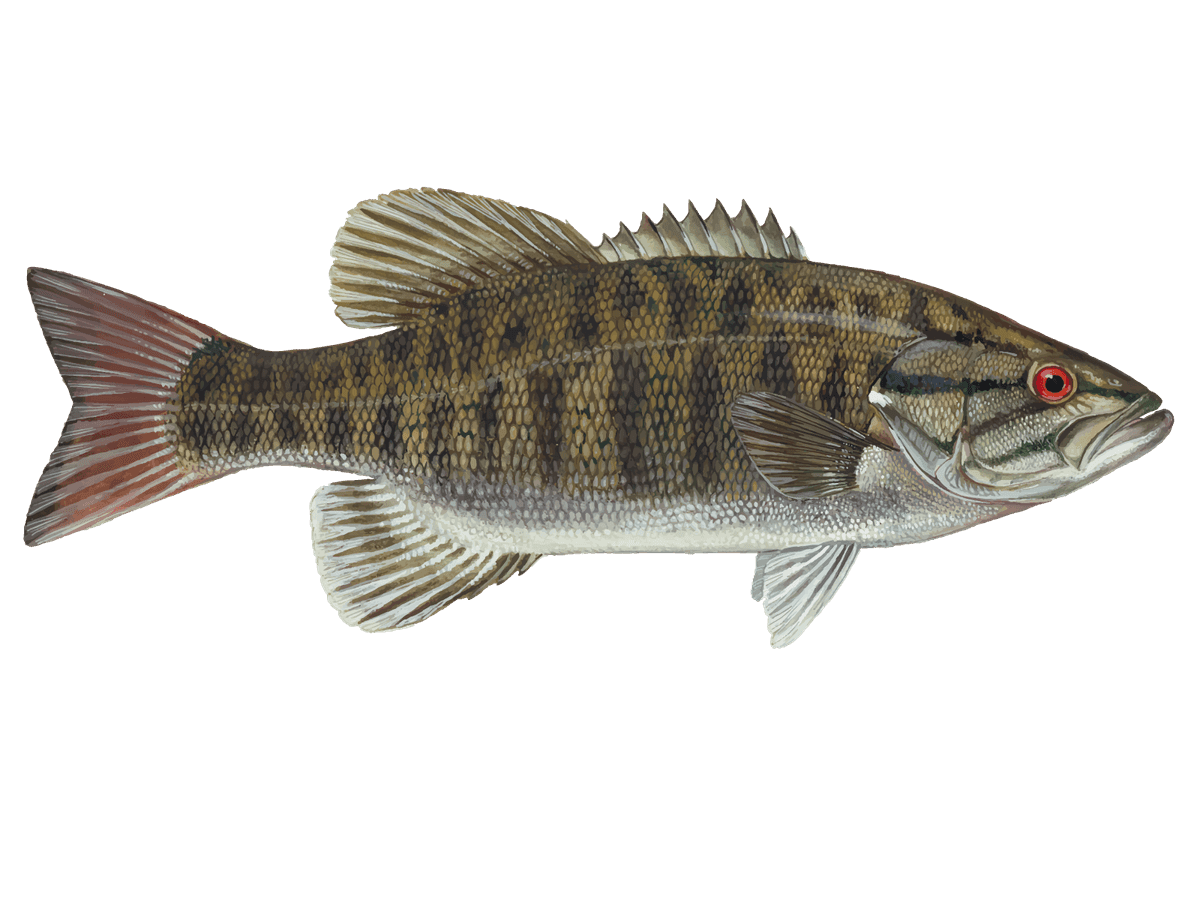Top-Rated Tennessee River Fishing Adventure
- Published Date: July 17, 2025
- Fishing
- Kentucky Lake
- $350 - $500 price range
- Updated Date: October 22, 2025
Summary
%2F%2Fusers%2F3cc9fcc2-5b0e-4f0b-a5be-9800082d98b1%2Fratecard%2Ftn_striper.png&w=1200&q=75)
Kentucky Lake Catches


Kentucky Lake Fishing: Catfish & Bass Bonanza
Get ready to wet a line on one of the South's premier fishing destinations! This half-day charter on Kentucky Lake serves up a mixed bag of hard-fighting fish that'll keep your rod bent from start to finish. Whether you're chasing trophy catfish or looking to land a bucket-mouth bass, our experienced guides know just where to put you on the action. With year-round fishing and trips tailored for all skill levels, it's time to experience why Kentucky Lake is a top-rated angling hotspot on the Tennessee River.
What to Expect on the Water
As soon as we push off from the dock, you'll feel the excitement building. Our seasoned captains have their fingers on the pulse of Kentucky Lake, tracking fish movements and pinpointing the day's hotspots. We'll hit prime fishing grounds for catfish, bass, and stripers, adapting our tactics to what's biting. Expect to bounce between shallow coves, deep channels, and submerged structure as we target different species. With all gear provided, you can focus on reeling in the big ones while soaking in the scenic beauty of the Tennessee River Valley.
Techniques & Tackle Talk
On this trip, we'll use a mix of fishing methods to maximize your catch. For catfish, we might set up with cut bait or stink bait on the bottom, waiting for that telltale thump of a blue cat taking the bait. When bass fishing, we'll work crankbaits along points and dropoffs or flip jigs into laydowns and brush piles. Striper fishing often involves trolling or casting live bait near schools of shad. Our guides are always happy to share tips and tricks, so don't be shy about asking questions. We've got all the gear you need, from rods and reels to the latest electronics for finding fish.
Species You'll Want to Hook
Blue Catfish: These whiskered giants are the heavyweight champs of Kentucky Lake. Blues can top 100 pounds, though most catches run 5-30 pounds. They're active year-round but really turn on in late summer and fall. Blues love deep channels and will put up a stubborn fight that'll test your arms and your drag.
Largemouth Bass: The bread-and-butter gamefish of Kentucky Lake, largemouths here grow big and mean. Spring and fall are prime times, with bass chasing shad in the shallows. Nothing beats the excitement of a big largemouth blasting a topwater lure at dawn. Expect most fish in the 2-4 pound range, with 5-8 pounders not uncommon.
Striped Bass: Also known as "rockfish," stripers are hard-charging predators that'll make your reel sing. They school up to chase bait, often creating surface-busting frenzies. Fall and winter are peak seasons when big stripers move up from the main lake into tributary arms. A 10-pound striper is considered a good catch, but 20-pounders are caught every year.
Smallmouth Bass: The "brown fish" might not get as much attention as their largemouth cousins, but pound-for-pound, they're some of the hardest fighting fish in the lake. Smallies love rocky areas and can be caught year-round, though spring and fall are best. Most run 1-3 pounds, but Kentucky Lake has produced some real bruisers pushing 5-6 pounds.
White Bass: These scrappy fighters often show up in big numbers during their spring spawning runs. They're not huge - most are under 2 pounds - but what they lack in size they make up for in pure fun. When you find a school, it's often non-stop action. Kids especially love catching white bass.
White Catfish: Often overlooked in favor of their blue and flathead cousins, white cats are still worthy opponents. They average 1-3 pounds but can reach 10 pounds or more. White cats tend to be more active during daylight hours than other catfish species, making them great targets on our half-day trips.
Why Anglers Keep Coming Back
Kentucky Lake's diversity is what keeps fishermen hooked. One minute you're battling a bulldogging blue cat, the next you're finessing a finicky bass. The lake's massive size (160,300 acres) means there's always somewhere new to explore. Our guides' local knowledge ensures you're fishing the most productive spots, whether you're a seasoned pro or it's your first time holding a rod. Plus, the scenery ain't half bad - towering bluffs, hidden coves, and endless shoreline make for a relaxing day on the water even when the fish aren't cooperating.
Top Catches This Season
It's been a banner year on Kentucky Lake, with some real wall-hangers coming to the net. Several 50+ pound blue cats have been boated, including a 72-pounder that had the angler questioning if he'd hooked into a submarine. Bass fishing has been on fire too, with numerous 6 and 7-pounders landed, and one lucky angler even managed to boat a 10.2-pound largemouth that looked like it swallowed a football. Striper fishing has seen some great days, especially when schools push bait to the surface - we had one morning where everyone on the boat limited out before 9 AM.
Time to Book Your Spot
Whether you're a die-hard angler looking to cross some species off your bucket list or a family wanting to make lasting memories, our Kentucky Lake fishing charters deliver the goods. With flexible 4 or 6-hour trips, we can accommodate your schedule and fishing goals. Remember, the early bird gets the worm (or in this case, the fish), so don't wait to lock in your preferred date. The big one is waiting - let's go catch it!
Learn more about the species
Blue Catfish
Blue cats are the true monsters of Kentucky Lake, with fish over 50 pounds possible. You'll find these bruisers in the main river channel, often in deep holes or near current breaks. They're active year-round but really turn on in late fall and winter. Anglers target blues for their hard-fighting nature and potential for trophy-sized catches. They're also great eating when smaller. To catch big blues, use fresh cut bait like skipjack herring on heavy tackle. Smaller ones will take nightcrawlers or stink bait. One local tip: fish the edges of underwater river ledges where the bottom drops off sharply. Blues love to hang out there and ambush prey moving along the drop-offs.

Largemouth Bass
Kentucky Lake's a prime spot for largemouth bass, with these fish typically running 2-5 pounds. You'll find 'em lurking around submerged timber, weed edges, and rocky points. Spring and fall are peak seasons, but they're catchable year-round. Largemouth are popular for their aggressive strikes and acrobatic fights - they'll really test your skills. They also make for good eating if you're into that. For best results, try working soft plastics or crankbaits along drop-offs early morning or late evening. If you're fishing summer, go deeper and slower. One local trick: when it's hot, target shady spots under docks or overhanging trees. Those big boys love to hide in the cooler water there.

Smallmouth Bass
Smallmouth bass in Kentucky Lake are pure dynamite, typically 2-4 pounds of pure fight. You'll find these bronze backs around rocky points, gravel bars, and current breaks. They love cool, moving water, so focus on tributaries and the main river channel. Spring and fall are prime, but they bite year-round. Anglers prize smallies for their acrobatic jumps and relentless runs - pound-for-pound, they're our hardest fighting fish. They're also tasty if you keep a few. For best results, try tube jigs, small crankbaits, or live crawfish. One local tip: when the water's high and muddy, throw noisy topwater lures around shoreline cover. Smallmouth use their lateral line to hunt in those conditions and will crush a surface bait.

Striped Bass
Stripers are the heavyweight champs of Kentucky Lake, with fish over 20 pounds not uncommon. These powerful swimmers roam open water, following schools of shad. You'll find them near drop-offs, channel edges, and main lake points. Spring and fall are prime, but summer night fishing can be red hot too. Anglers love stripers for their sheer strength - hooking one feels like you've snagged a submarine. They're also excellent table fare. To catch 'em, try trolling with deep-diving crankbaits or live bait rigs. One local secret: fish the tailwaters below the dam when they're generating power. The current concentrates bait and stripers stack up to feed. Just be careful of the changing water levels.

White Bass
White bass, or "stripers," are scrappy little fighters that typically run 1-3 pounds here on Kentucky Lake. You'll find schools of them chasing shad in open water, especially near drop-offs and underwater humps. Spring's the prime time when they run up the tributaries to spawn, but fall can be hot too when they're feeding heavily. Folks love targeting these fish for their fast action - when you find a school, it's often non-stop catching. They're also tasty eating, with firm white meat. To catch 'em, watch for surface activity and cast small jigs or spinners into the fray. One trick I like is to troll with crankbaits along main lake points in summer - you'll often pick up a mixed bag of white bass and other species.

White Catfish
White catfish are the smallest of our catfish species, usually 1-2 pounds, but they make up for size with numbers. You'll find them in slower pools and backwaters, often near woody cover or rocky bottoms. They're active year-round but really turn on during warm summer nights. Folks enjoy targeting these cats for their tasty, mild-flavored meat and the relaxed fishing style. They're not big fighters, but they're fun on light tackle. To catch 'em, try bottom fishing with nightcrawlers, cut bait, or stink baits. One local trick: use small hooks and light line - these cats have soft mouths and can be finicky biters. Fish near creek mouths after a good rain for best results.

About the Big Easy
%2F%2Fusers%2F3cc9fcc2-5b0e-4f0b-a5be-9800082d98b1%2Fvehicle_picture%2Fsea_ark_image.png&w=1200&q=75)
Vehicle Guest Capacity: 9
Manufacturer Name: Suzuki
Maximum Cruising Speed: 54
Number of Engines: 1
Horsepower per Engine: 250
%2Ffit-in%2F250x250%2Fguide_websites%2F2292%2Fimages%2F1740568741895image-2025-02-26t191857.060.png&w=1200&q=100)
%2Fusers%2F3cc9fcc2-5b0e-4f0b-a5be-9800082d98b1%2Fimages%2Fgag-grouper-fishing-tn-2633.jpg&w=768&q=75)
%2Fusers%2F3cc9fcc2-5b0e-4f0b-a5be-9800082d98b1%2Fimages%2Fbest-angler-fishing-tennessee-2696.jpg&w=768&q=75)
%2Fusers%2F3cc9fcc2-5b0e-4f0b-a5be-9800082d98b1%2Fimages%2Fhogfish-haul-volunteer-state-2768.jpg&w=768&q=75)
%2Fusers%2F3cc9fcc2-5b0e-4f0b-a5be-9800082d98b1%2Fimages%2Ffishing-adventure-tennessee-3253.jpeg&w=768&q=75)
%2Fusers%2F3cc9fcc2-5b0e-4f0b-a5be-9800082d98b1%2Fimages%2Ffishing-adventure-tennessee-2667.jpg&w=768&q=75)
%2Fusers%2F3cc9fcc2-5b0e-4f0b-a5be-9800082d98b1%2Fimages%2Fsnook-caught-fishing-tennessee-2624.jpg&w=768&q=75)
%2Fusers%2F3cc9fcc2-5b0e-4f0b-a5be-9800082d98b1%2Fimages%2Ffishing-expedition-tennessee-2612.jpg&w=768&q=75)
%2Fusers%2F3cc9fcc2-5b0e-4f0b-a5be-9800082d98b1%2Fimages%2Fsnook-watts-bar-lake-2658.jpg&w=768&q=75)
%2Fusers%2F3cc9fcc2-5b0e-4f0b-a5be-9800082d98b1%2Fimages%2Fhuge-snook-caught-tennessee-2669.jpg&w=768&q=75)
%2Fusers%2F3cc9fcc2-5b0e-4f0b-a5be-9800082d98b1%2Fimages%2Fgag-grouper-watts-bar-lake-2679.jpg&w=768&q=75)
